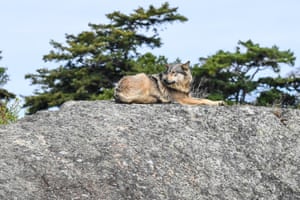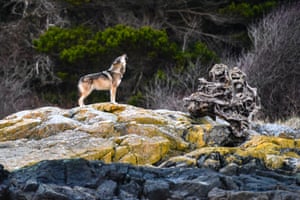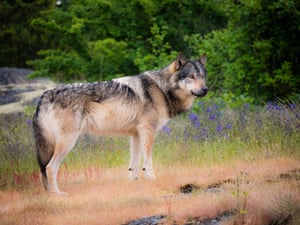Issued on: 23/09/2021 -
 Hunting wolves is now illegal in northern Spain PIERRE-PHILIPPE MARCOU AFP
Hunting wolves is now illegal in northern Spain PIERRE-PHILIPPE MARCOU AFP4 min
Listen to the article
ADVERTISING
Puebla de Sanabria (Spain) (AFP)
A 4x4 pulls up on a dirt road in northwest Spain and livestock farmer Ana Vega climbs out, walking over to a ditch where a few days ago a wolf killed a calf.
"They haven't left anything... devoured everything," she said, pointing at the ground. There is nothing left of the carcass, not even the smallest bone.
Wolves have long roamed the valley Ungilde, a paradise for the Iberian wolf near the Portuguese border, four hours' drive from Madrid.
Controlled hunting has helped to keep their numbers down in the area -- and protect livestock -- but on Wednesday a ban on killing the animals came into effect, inflaming farmers but delighting conservationists.
The hot-button ban brings northern Spain in line with the rest of the country, where hunting wolves has long been prohibited.
Many herders and farmers like Vega are dismayed over the new rule, fearing that a proliferation of wolves will put the animals at risk.
But conservationists have long pushed for the ban, saying the species should be protected.
"In this tragic wolf tale, there are three main actors: the herders, the conservationists and the hunters. And each one has his own solution," said forest ranger Carlos Zamora.
- 'Wolves' paradise' -
There are eight packs of wolves in the Sierra de la Culebra, which spans 70,000 hectares in the northwestern tip of the Castilla y Leon region.
Each pack is made up of 10 wolves, and there are several more lone individuals, Zamora explained. The number has remained steady for the past two decades, he added.

The area is famed for the Iberian wolf -- or canis lupus signatus, a sub-species of grey wolf which lives mainly in northwestern Spain.
Its image is everywhere -- on billboards and t-shirts and plastered all over souvenir shops.
"It's always been a wolves' paradise here," said Zamora from behind his binoculars, scanning the horizon under the morning sun.
Until now, controlled hunting has been allowed north of the Duero river, which flows across northern Spain, to keep numbers down.
In the Cantabria region, they planned to cull 34 wolves this year -- 20 percent of the local population.
But Spain's Socialist government decided to unify the rules, banning wolf hunting throughout the peninsula, following similar moves in France and Italy.
"When you're talking about a unique species like the Iberian wolf, responsibility for its conservation lies with all regions, it can't be just in one area," junior environment minister Hugo Moran told AFP.

"It's a shared responsibility."
But the news has angered the regions of Cantabria, Castilla y Leon, Asturias and Galicia, where the vast majority of wolves roam, with officials vowing to appeal.
While ecologists have hailed the ban as "an important step" towards species conservation, farmers are up in arms.
"It is unbelievable that communities that don't have wolves can impose their radical environmental agenda on us," raged Castilla y Leon's UCCL farmer's union.
- Unfair competition -
Vega remembers a time when locals took matters into their own hands if a wolf killed a sheep.
"They would go out and catch it or kill it," she said, her phone full of gruesome images of carcasses and half-eaten animals.
"I'm not saying we should kill them all, but that we all have to exist together," she added.

Extensive farming where animals graze on local resources involves a big investment to protect them against predators.
Vega has a pack of 15 mastiffs -- dogs as big as ponies which are not cheap to keep, what with vets bills and the huge piles of food they gobble up.
She has also paid for tractors to uproot vegetation where wolves like to hide on the land.
Farmer Jose Castedo has shelled out too, installing electric fencing to safeguard his 450 sheep.
"There are very few farms like this here," said the 62-year-old of his fortified enclosure.
He worries about "unfair competition" from properties where flocks are kept behind one-metre-high fences and monitored for just a few hours a day.

The ecology ministry has pledged to invest and help, with Moran from the environment ministry promising "financial help" to those who live in areas that are home to "large carnivores".
© 2021 AFP

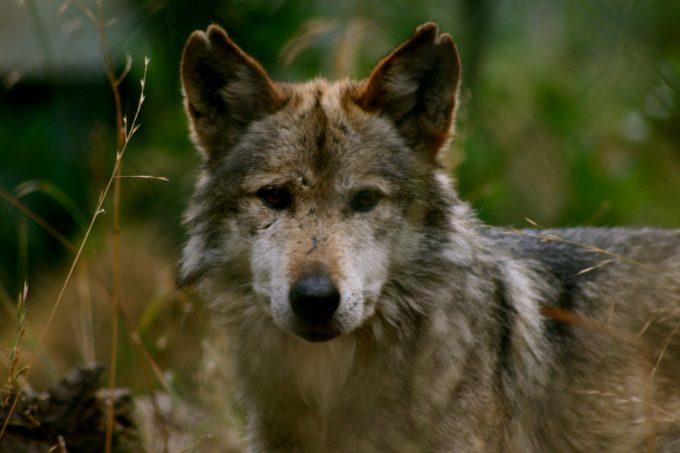





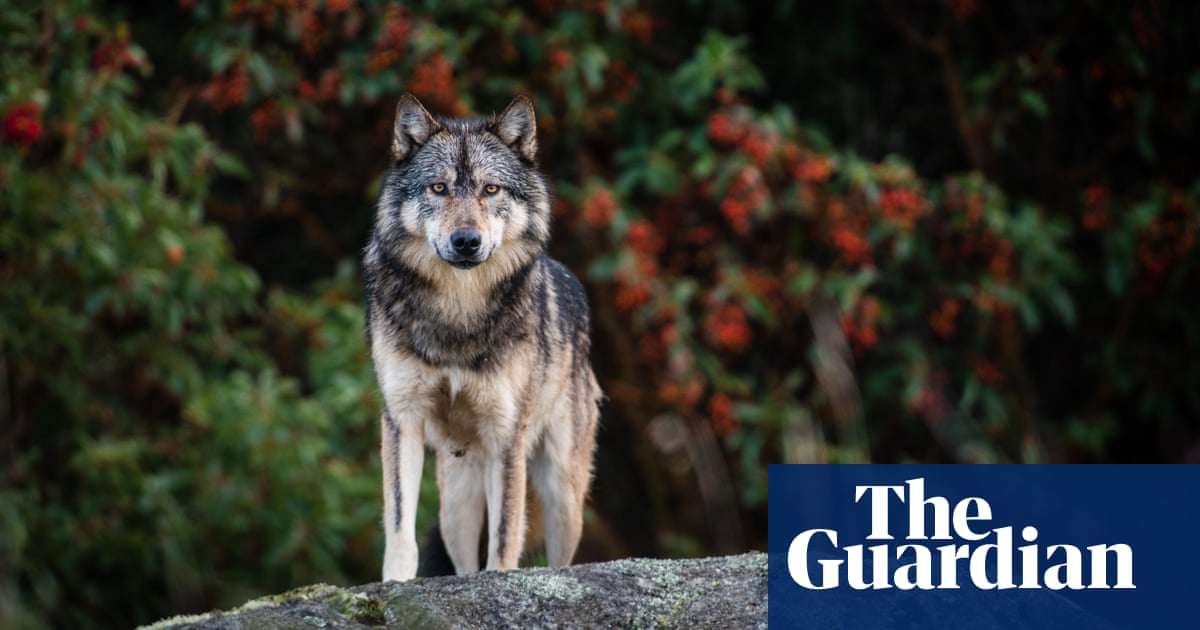
.png)


